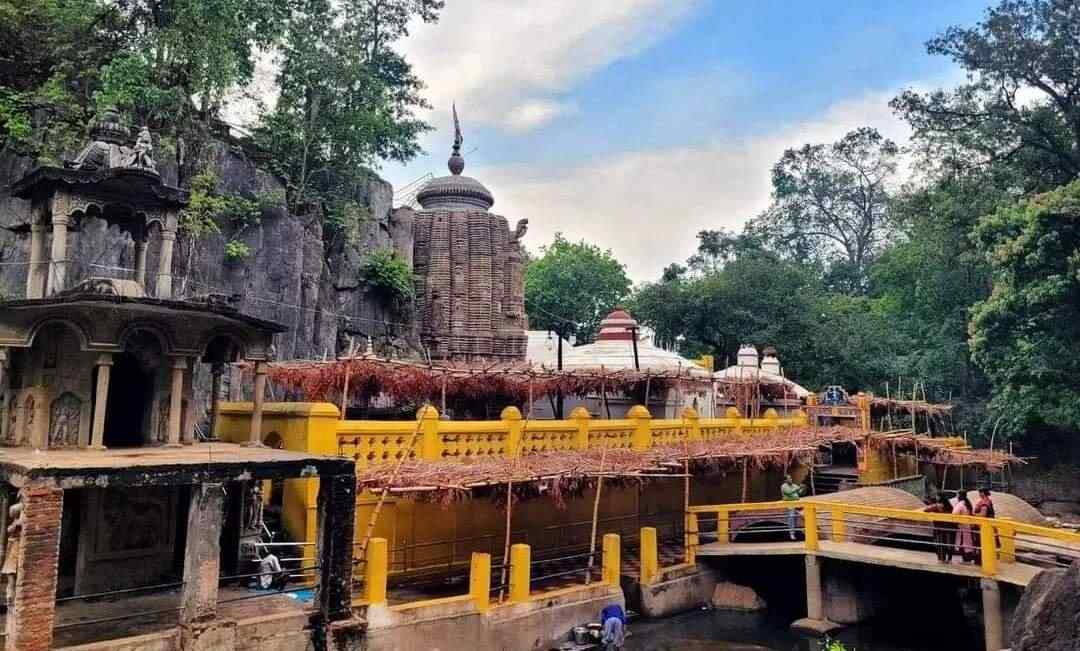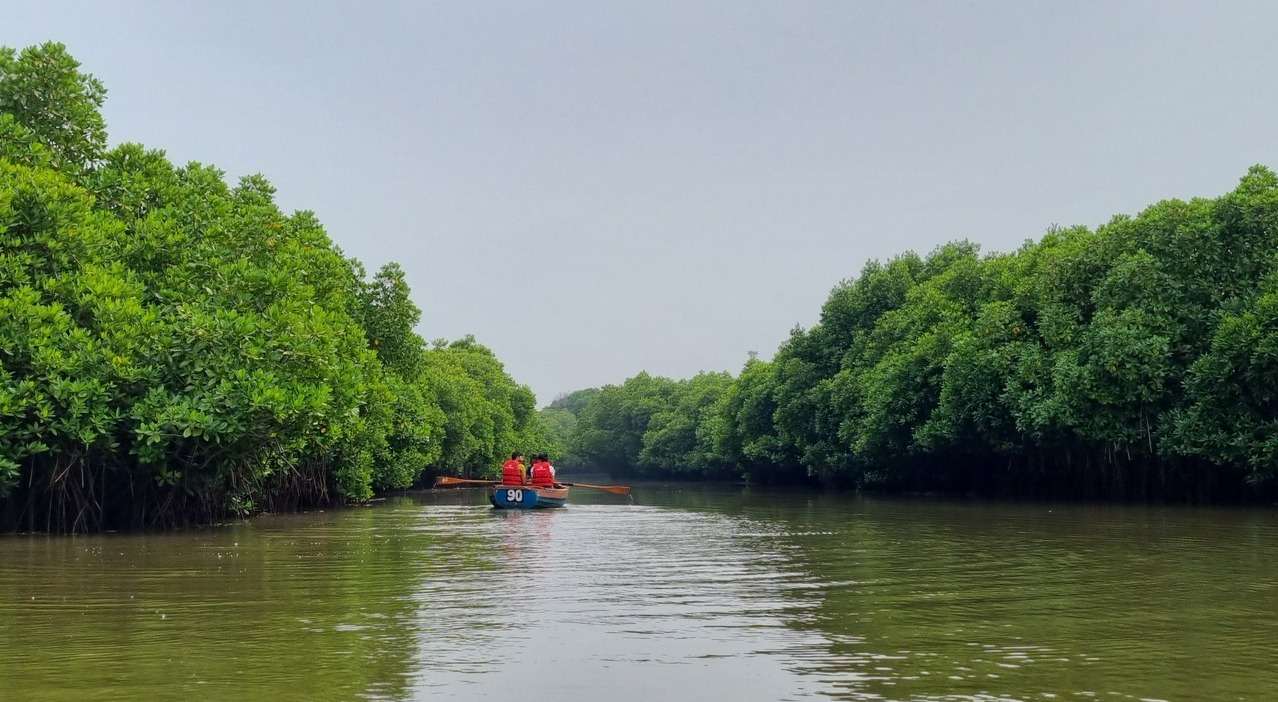
Introduction
The Pithoragarh Fort, also known as London Fort, Baulaki Fort, and Gorkha Killa, is an important aspect of the historical and cultural heritage of Uttarakhand. Built-in the 1790s, the robust walls of the Pithoragarh fort hold some lesser-known facts and mysteries about this monument.
This mesmerizing fort situated in the Kumaon region of Uttarakhand is one of the most visited tourist destinations in the Himalayan city of Pithoragarh.
Pithoragarh city lies in the Saur Valley in the easternmost region of Uttarakhand. The region is surrounded by the Tibet plateau from the north and Nepal from the east. It is also famous by the name Mini Kashmir of Uttarakhand.
The Pithoragarh district also serves as an important route for pilgrims traveling to Mount Kailash and Lake Mansarovar. The region is home to many glaciers such as Sona, Namik, Meola, Kali, Shipu glacier, etc., and international mountain passes such as Lampiya Dhura, Lipu-Lekh, and Lowe Dhura, among others.
History of Pithoragarh Fort:
Situated in the hilly region of Pithoragarh, the fort was built by the Gorkha rulers during the 18th century. The ruler of the Chand Dynasty, after regaining control over the region from the Bam dynasty, named the town after the ruler Pithora Chand.
For several years, the fort was used as a tehsil office, depicting Gorkha’s dominance and architecture. The Pithoragarh Fort is situated at an altitude of 1650 meters and spread across 1300 square meters.
After the Treaty of Sugholi in 1815, the Britishers renamed the fort as London Fort from Baulaki Fort. The fort was restored by the British and was used as an office for more than 130 years.
After the 1920s, the fort was left unattended and was led to a dilapidated condition. Post-independence, the fort was renovated by the government and established as a tourist destination.
A plaque has also been installed in the fort which describes its historical significance. The plaque also provides crucial information related to the soldiers who went on to fight in the First World War. Around 1,005 soldiers from the Saur, Johar, and Paragana valleys participated in the war, and 32 of them were martyred.
Here are some of the fascinating architectural:
- The fort provides an alluring top view of Pithoragarh city to visitors.
- The walls of the fort are around 7-8 feet high and 88.5 meters long, built to prevent enemies from entering the space.
- There are more than 150 holes, made for shooting bullets in case of an attack.
- The holes are made such, that an outsider cannot notice the soldiers inside the fort.
- There are only two entrance gates in the fort and another secret passage that cannot be found easily by tourists.
- The fort is a two-storeyed building and has 15 rooms built for soldiers and travelers.
- An underground cellar, a prison, and a Nyaya Bhavan were also a part of this fort.
- Initially, a well was also built inside the fort campus. However, it was closed after a person died after falling into it. A peepal tree is now planted at that spot.
How to reach Pithoragarh Fort:
By Train: The nearest railway station to the fort is in Tanakpur (approximately 150 km away). Taxis and buses can be easily accessed from the station to the fort.
By Air: The nearest Naini Sani Airport to the fort is in Pantnagar, which is at a distance of about 7 kms.
By Road: The Pithoragarh district is well-connected by roads/highways to other parts of the state. Local buses can be considered the best option to travel.
When to Visit?
Famous for scenic valleys and mountain peaks, Pithoragarh has soothing weather throughout the year. However, the monsoon season should be avoided for travel as there are frequent landslides in the hilly regions due to heavy rainfalls. The most suitable time to visit Pithoragarh is from April to October.
Information related to Pithoragarh Fort:
The entry ticket costs Rs. 20 per visitor.
You can explore the fort from 11:00 am to 7:00 pm and is open all days of the week.
The fort is a major attraction for photographers due to its location. Make sure to capture most of the scenic beauty.
The fort grounds are now also used for Ramlila and other social gatherings.
Tourists can find accommodation in the Kumaon Mandal Vikas Nigam guest houses and hotels near the fort.
A cafe is also located inside the fort premises.
Conclusion:
The Pithoragarh fort is a perfect place for nature lovers, photographers, history buffs, and architecture enthusiasts. If you are, any of them, do not forget to add this serene place to your travel bucket list. You can also explore some of the beautiful lakes in the region like Jalingkong and Anchherital while on your visit to Pithoragarh. Famous temples such as Kapileshwar Temple, Chandak Temple, and Thal Kedar can also be added to your itinerary.
Also Read: Best Time For Paragliding In Kamshet
Kamshet: The Paragliders Paradise in Maharashtra
Ramapuram Beach – A Perfect Weekend Getaway
More from Author




